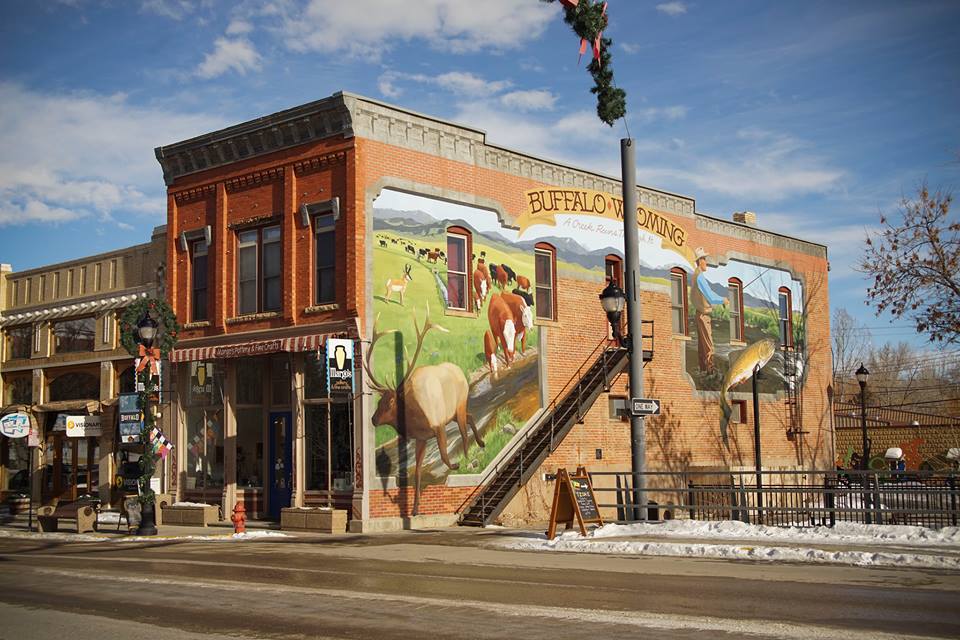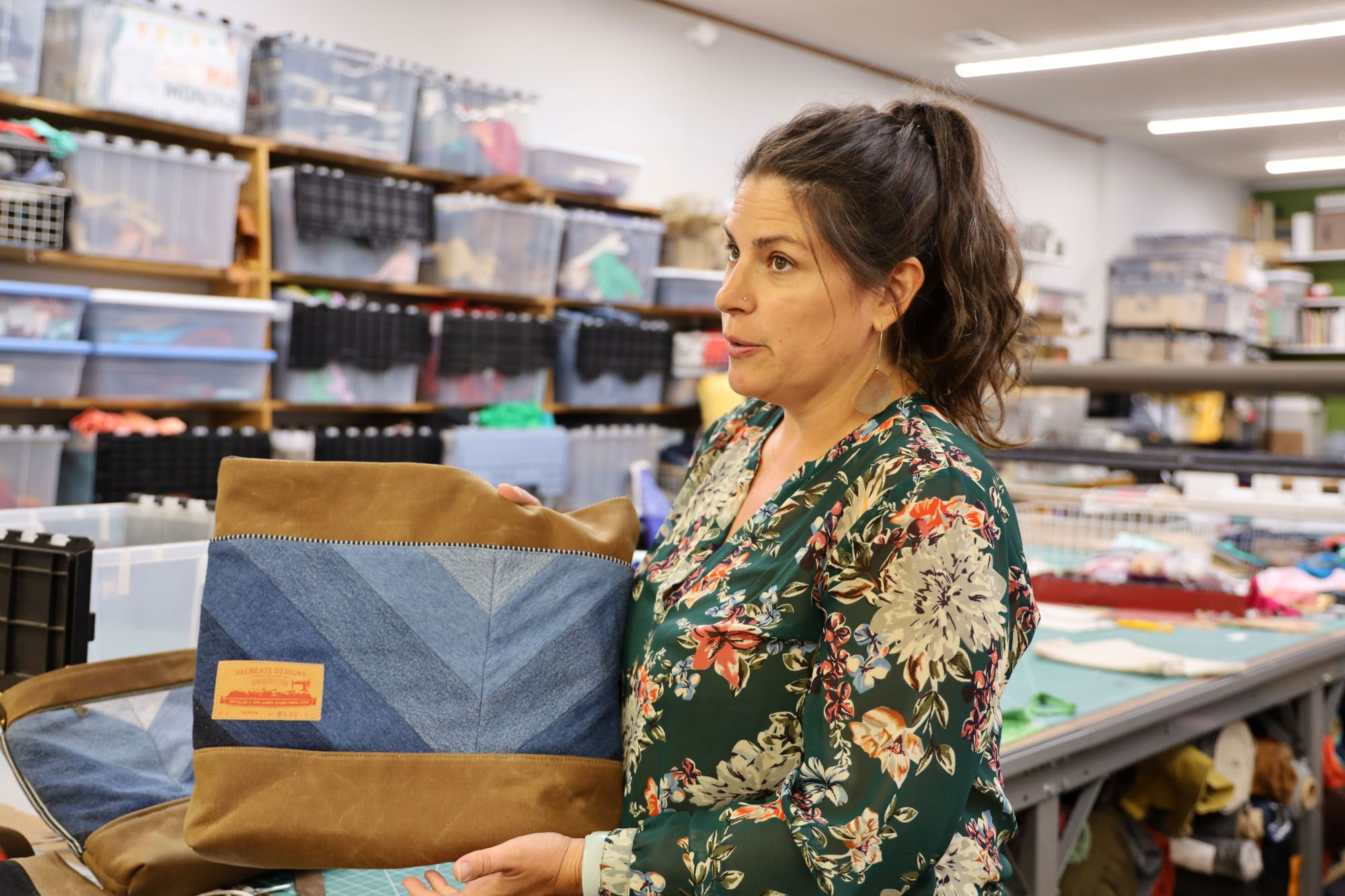The West is one of the most climate-sensitive areas in the United States. Rural communities in this region face additional challenges due to being naturally dry and prone to drought. In recent years, they have experienced earlier snowpack melt and more frequent wildfires.
In rural areas in particular, energy production has long been the backbone of jobs, economies and livelihoods. It has contributed significantly to American prosperity. As the future of rural America and our economy increasingly require a robust response to climate change, market demands are shifting from fossil fuels to cleaner sources of energy.
USDA Rural Development is a dependable partner in this transition, especially in regions hit hardest by the climate crisis. Through programs like the Rural Energy for America Program (REAP) small businesses owners can transition to clean energy, make energy-efficiency improvements and lower their operating costs.
This week, as we celebrate Earth Day, we are proud to highlight how the REAP program is helping businesses in the West lower their energy costs.
Bringing Micro-Manufacturing Back to Main Street
When Carol Lynn Lapotka purchased an historic building on main street in Polson, Montana, for her company, REcreate Designs, LLC, she knew costly renovations were needed. That’s why Lapotka applied for a Rural Energy for America Program grant to finance windows and install doors and lighting.
"I want to do what is right," she said, discussing the desire to incorporate green building practices into her strategy. "I never want to pass up an opportunity because of money."
Through REAP, Lapotka retrofitted the building with LED lighting, energy-efficient windows and insulated front doors. The project has saved nearly $3,400 and reduced energy use by 50 percent.
"My goal is to bring small-batch manufacturing, using raw materials resourced from area second-hand stores, back into the mainstream,” she said. “It offers a different level of quality, professionalism and scale and keeps an estimated 3,000 pounds of waste out of our landfills every year,”
To learn more about this project, visit the success story: Bringing Micro-Manufacturing Back to Main Street
Reducing Energy Costs to Build Back Better
REAP funds help rural businesses and agricultural produces across the West lower their energy costs. For example:
- The owners of Margo's Pottery and Fine Crafts in Buffalo, Wyoming, who sell American-made crafts and pottery, sought to lower costs and transition to clean energy. It received a REAP grant in 2021 to purchase and install a six-kilowatt solar array on its rooftop. This project replaced 8,700 kilowatts and offset 103% of its power needs.
- Matthew Draper owns a small chicken farm in the Village of Los Ranchos de Alburquerque, New Mexico. The farm produces eggs and vegetables for the surrounding community. Cleaner energy options are helping Draper to lower costs. USDA awarded Draper a REAP grant to purchase and install a 3.75-kilowatt solar power array. The project will help his farm save $1,129 annually. The solar system will generate 6,955 kilowatt hours of electricity, which is equal to 97% of the electricity the farm uses each year.
- Alaska Berries LLC used a REAP grant to purchase and install a 6.96-kilowatt solar array to power its berry farm. This project will save the company nearly $2,000 in energy costs per year and replace 7,771 kilowatts.
Stay tuned for daily blog posts from USDA Rural Development as we highlight climate-smart infrastructure across rural America.


